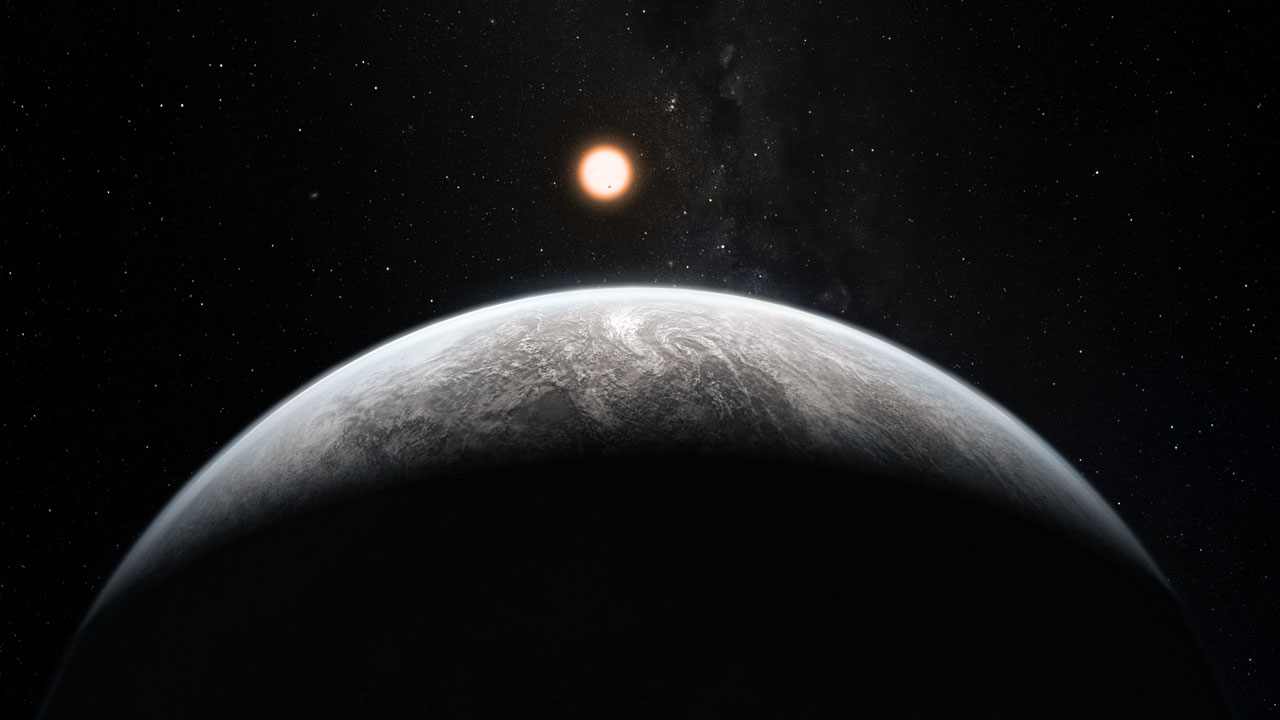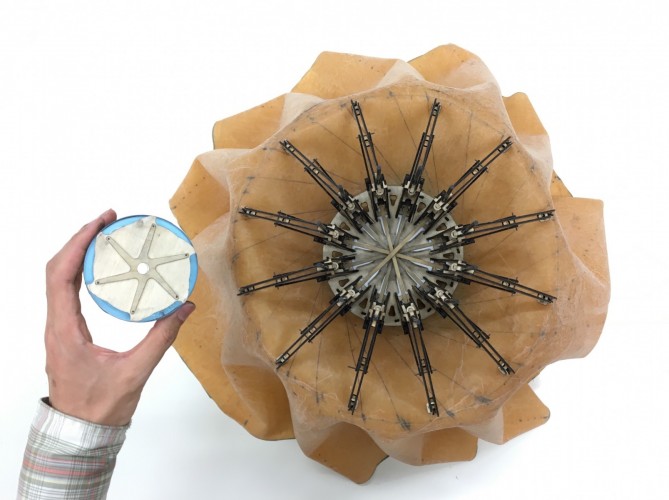We are all familiar with the atmosphere of the Earth and part of this, the ionosphere, is a layer of weakly ionized plasma. It extends from 50 to 1,500 km above the planet. It’s a diffuse layer but sufficient to interfere with satellite communications and navigation systems too. A team of researchers have come up with an intriguing idea to utilise millions of mobile phones to help map the ionosphere by relying on their GPS antennas.
Continue reading “Millions of Phones Could Map the Earth’s Ionosphere”Good News, the Ozone Layer Hole is Continuing to Shrink

Climate change is a huge topic and often debated across the world. We continue to burn fossil fuels and ignore our charge toward human driven climate change but while our behaviour never seems to improve, something else does! For the last few decades we have been pumping chlorofluorocarbons into the atmosphere causing a hole in the ozone layer to form. Thanks largely to worldwide regulation changes and a reduction in the use of these chemicals, the hole it seems is finally starting to get smaller.
Continue reading “Good News, the Ozone Layer Hole is Continuing to Shrink”The Combination of Oxygen and Methane Could Reveal the Presence of Life on Another World
In searching for life in the Universe, a field known as astrobiology, scientists rely on Earth as a template for biological and evolutionary processes. This includes searching for Earth analogs, rocky planets that orbit within their parent star’s habitable zone (HZ) and have atmospheres composed of nitrogen, oxygen, and carbon dioxide. However, Earth’s atmosphere has evolved considerably over time from a toxic plume of nitrogen, carbon dioxide, and traces of volcanic gas. Over time, the emergence of photosynthetic organisms caused a transition, leading to the atmosphere we see today.
The last 500 million years, known as the Phanerozoic Eon, have been particularly significant for the evolution of Earth’s atmosphere and terrestrial species. This period saw a significant rise in oxygen content and the emergence of animals, dinosaurs, and embryophyta (land plants). Unfortunately, the resulting transmission spectra are missing in our search for signs of life in exoplanet atmospheres. To address this gap, a team of Cornell researchers created a simulation of the atmosphere during the Phanerozoic Eon, which could have significant implications in the search for life on extrasolar planets.
Continue reading “The Combination of Oxygen and Methane Could Reveal the Presence of Life on Another World”A Day on Earth Used to Only Be 19 Hours
On Earth, a single solar day lasts 24 hours. That is the time it takes for the Sun to return to the same place in the sky as the day before. The Moon, Earth’s only natural satellite, takes about 27 days to complete a single circuit around our planet and orbits at an average distance of 384,399 km (~238,854.5 mi). Since time immemorial, humans have kept track of the Sun, the Moon, and their sidereal and synodic periods. To the best of our knowledge, the orbital mechanics governing the Earth-Moon system have been the same, and we’ve come to take them for granted.
But there was a time when the Moon orbited significantly closer to Earth, and the average day was much shorter than today. According to a recent study by a pair o researchers from China and Germany, an average day lasted about 19 hours for one billion years during the Proterozoic Epoch – a geological period during the Precambrian that lasted from 2.5 billion years to 541 million years ago. This demonstrates that rather than gradually increasing over time (as previously thought), the length of a day on Earth remained constant for an extended period.
Continue reading “A Day on Earth Used to Only Be 19 Hours”A Billion Years From now There won’t be Much Oxygen in the Earth’s Atmosphere
Breathe it while you still can. A new research study forecasts the future of oxygen in the Earth’s atmosphere and finds grim news. As the sun continues to warm, carbon dioxide will bind to rocks. This will starve plants, and in as little as a billion years they won’t be able to produce enough oxygen to keep our planet habitable (for us).
Continue reading “A Billion Years From now There won’t be Much Oxygen in the Earth’s Atmosphere”Science Fiction Might Be Right After All. There Might Be Breathable Atmospheres Across the Universe
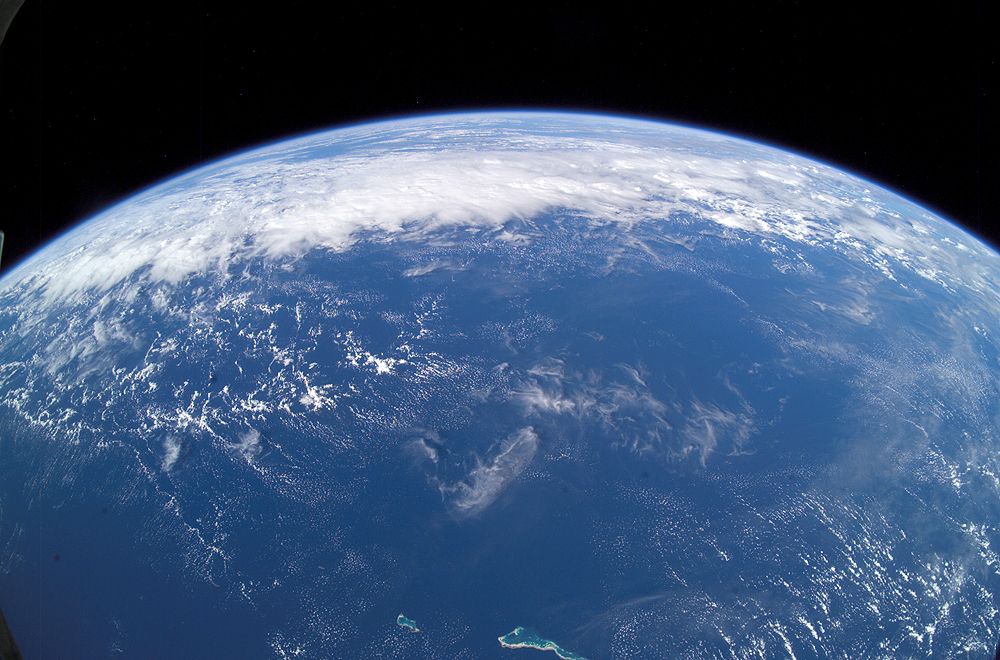
The last few years has seen an explosion of exoplanet discoveries. Some of those worlds are in what we deem the “habitable zone,” at least in preliminary observations. But how many of them will have life-supporting, oxygen-rich atmospheres in the same vein as Earth’s?
A new study suggests that breathable atmospheres might not be as rare as we thought on planets as old as Earth.
Continue reading “Science Fiction Might Be Right After All. There Might Be Breathable Atmospheres Across the Universe”As Meteorites Slice Through the Atmosphere, They’re Sculpted Into Cones
Since it first formed roughly 4.5 billion years ago, planet Earth has been subject to impacts by asteroids and plenty of meteors. These impacts have played a significant role in the geological history of our planet and even played a role in species evolution. And while meteors come in many shapes and sizes, scientists have found that many become cone-shaped once they enter our atmosphere.
The reason for this has remained a mystery for some time. But thanks to a recent study conducted by a team of researchers from New York University’s Applied Mathematics Lab have figured out the physics that leads to this transformation. In essence, the process involves melting and erosion that ultimately turns
Did You Know that the Earth Loses Several Hundred Tons of Atmosphere to Space Every Day?

Scientists have known for some time that Earth’s atmosphere loses several hundred tons of oxygen each day. They understand how this oxygen loss happens on Earth’s night side, but they’re not sure how it happens on the day side. They do know one thing though; they happen during auroras.
According to a press release from NASA’s Earth Observatory, no two oxygen outflow events are exactly the same, which makes understanding them a challenge. They call the events ‘fountains of gas’ that escape the Earth during auroral activity, and the Earth Observatory has a mission dedicated to understanding them.
Continue reading “Did You Know that the Earth Loses Several Hundred Tons of Atmosphere to Space Every Day?”
Spinning Heat Shield Concept Could Provide a Lightweight Way to Survive Atmospheric Re-entry
One of the more challenging aspects of space exploration and spacecraft design is planning for re-entry. Even in the case of thinly-atmosphered planets like Mars, entering a planet’s atmosphere is known to cause a great deal of heat and friction. For this reason, spacecraft have always been equipped with heat shields to absorb this energy and ensure that the spacecraft do not crash or burn up during re-entry.
Unfortunately, current spacecraft must rely on huge inflatable or mechanically deployed shields, which are often heavy and complicated to use. To address this, a PhD student from the University of Manchester has developed a prototype for a heat shield that would rely on centrifugal forces to stiffen flexible, lightweight materials. This prototype, which is the first of its kind, could reduce the cost of space travel and facilitate future missions to Mars.
The concept was proposed by Rui Wu, a PhD student from Manchester’s School of Mechanical, Aerospace and Civil Engineering (MACE). He was joined by Peter C.E. Roberts and Carl Driver – a Senior Lecturer in Spacecraft Engineering and a Lecturer at MACE, respectively – and Constantinos Soutis of The University of Manchester Aerospace Research Institute.
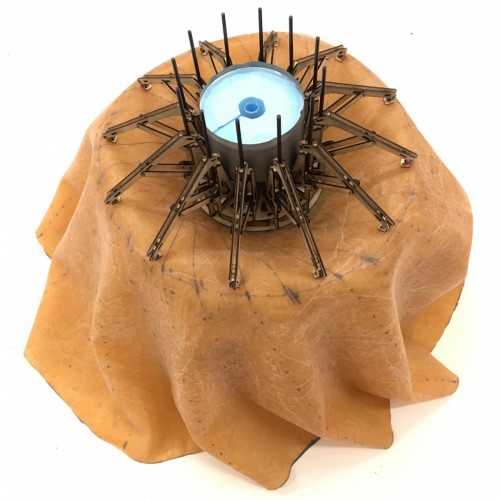
To put it simply, planets with atmospheres allow spacecraft to utilize aerodynamic drag to slow down in preparation for landing. This process creates a tremendous amount of heat. In the case of Earth’s atmosphere, temperatures of 10,000 °C (18,000 °F) are generated and the air around the spacecraft can turn into plasma. For this reason, spacecraft require a front-end mounted heat shield that can tolerate extreme heat and is aerodynamic in shape.
When deploying to Mars, the circumstances are somewhat different, but the challenge remains the same. While the Martian atmosphere is less than 1% that of Earth’s – with an average surface pressure of 0.636 kPa compared to Earth’s 101.325 kPa – spacecraft still require heat shields to avoid burnup and carry heavy loads. Wu’s design potentially solves both of these issues.
The prototype’s design, which consists of a skirt-shaped shield designed to spin, seeks to create a heat shield that can accommodate the needs of current and future space missions. As Wu explained:
“Spacecraft for future missions must be larger and heavier than ever before, meaning that heat shields will become increasingly too large to manage… Spacecraft for future missions must be larger and heavier than ever before, meaning that heat shields will become increasingly too large to manage.”
Wu and his colleagues described their concept in a recent study that appeared in the journal Arca Astronautica (titled “Flexible heat shields deployed by centrifugal force“). The design consists of an advanced, flexible material that has a high temperature tolerance and allows for easy-folding and storage aboard a spacecraft. The material becomes rigid as the shield applies centrifugal force, which is accomplished by rotating upon entry.
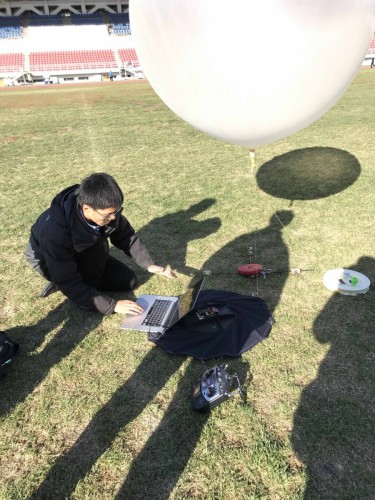
So far, Wu and his team have conducted a drop test with the prototype from an altitude of 100 m (328 ft) using a balloon (the video of which is posted below). They also conducted a structural dynamic analysis that confirmed that the heat shield is capable of automatically engaging in a sufficient spin rate (6 revolutions per second) when deployed from altitudes of higher than 30 km (18.64 mi) – which coincides with the Earth’s stratosphere.
The team also conducted a thermal analysis that indicated that the heat shield could reduce front end temperatures by 100 K (100 °C; 212 °F) on a CubeSat-sized vehicle without the need for thermal insulation around the shield itself (unlike inflatable structures). The design is also self-regulating, meaning that it does not rely on additional machinery, reducing the weight of a spacecraft even further.
And unlike conventional designs, their prototype is scalable for use aboard smaller spacecraft like CubeSats. By being equipped with such a shield, CubeSats could be recovered after they re-enter the Earth’s atmosphere, effectively becoming reusable. This is all in keeping with current efforts to make space exploration and research cost-effective, in part through the development of reusable and retrievable parts. As Wu explained:
“More and more research is being conducted in space, but this is usually very expensive and the equipment has to share a ride with other vehicles. Since this prototype is lightweight and flexible enough for use on smaller satellites, research could be made easier and cheaper. The heat shield would also help save cost in recovery missions, as its high induced drag reduces the amount of fuel burned upon re-entry.”
When it comes time for heavier spacecraft to be deployed to Mars, which will likely involve crewed missions, it is entirely possible that the heat shields that ensure they make it safely to the surface are composed of lightweight, flexible materials that spin to become rigid. In the meantime, this design could enable lightweight and compact entry systems for smaller spacecraft, making CubeSat research that much more affordable.
Such is the nature of modern space exploration, which is all about cutting costs and making space more accessible. And be sure to check out this video from the team’s drop test as well, courtesy of Rui Wui and the MACE team:
Further Reading: University of Manchester, Acta Astronica
About 2.3 Billion Years Ago, a Firehose of Oxygen was Released Into the Atmosphere
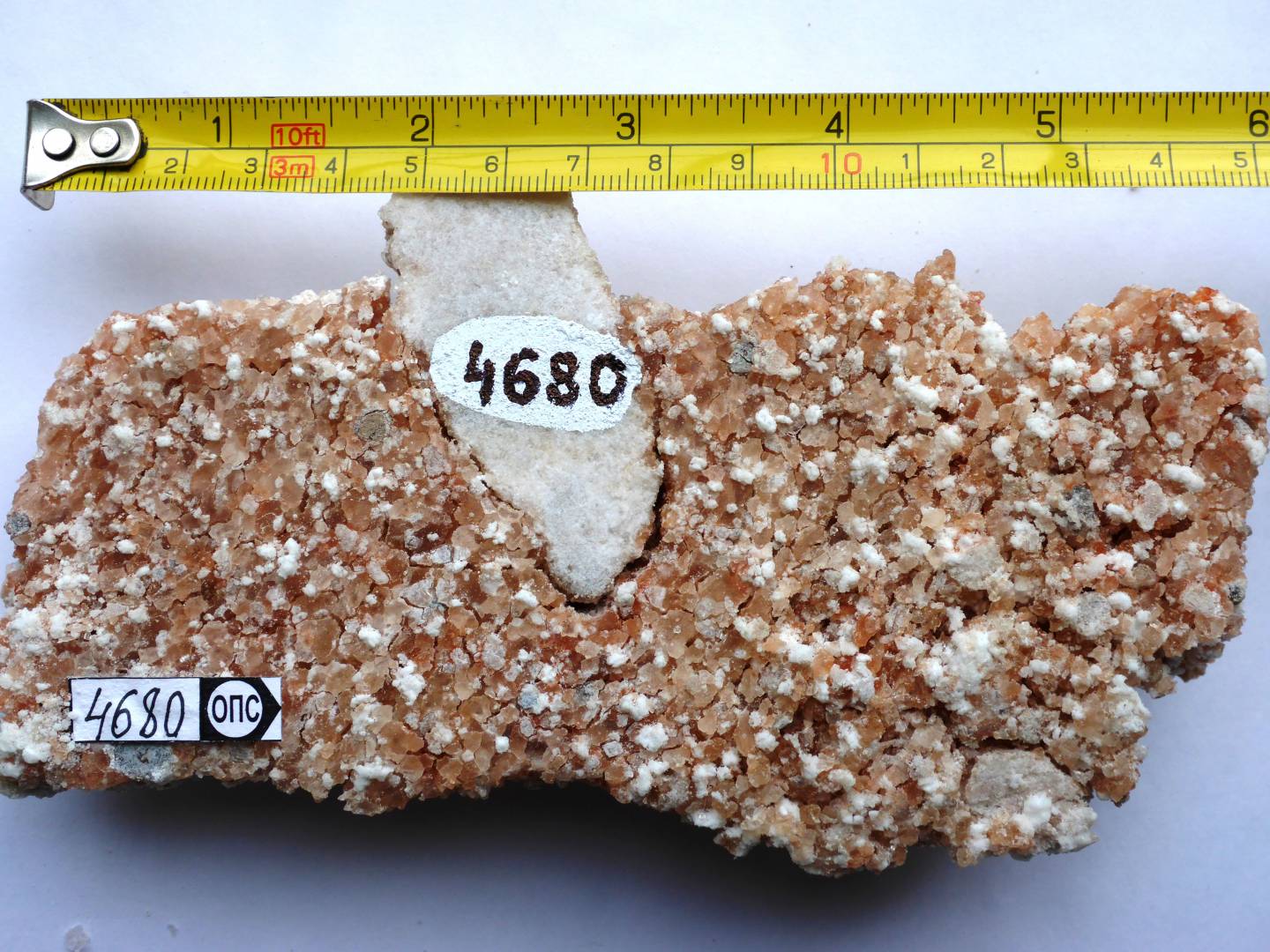
Billions of years ago, Earth’s environment was very different from the one we know today. Basically, our planet’s primordial atmosphere was toxic to life as we know it, consisting of carbon dioxide, nitrogen and other gases. However, by the Paleoproterozoic Era (2.5–1.6 billion years ago), a dramatic change occurred where oxygen began to be introduced to the atmosphere – known as the Great Oxidation Event (GOE).
Until recently, scientists were not sure if this event – which was the result of photosynthetic bacteria altering the atmosphere – occurred rapidly or not. However, according to a recent study by a team of international scientists, this event was much more rapid than previously thought. Based on newly-discovered geological evidence, the team concluded that the introduction of oxygen to our atmosphere was “more like a fire hose” than a trickle.
Continue reading “About 2.3 Billion Years Ago, a Firehose of Oxygen was Released Into the Atmosphere”

